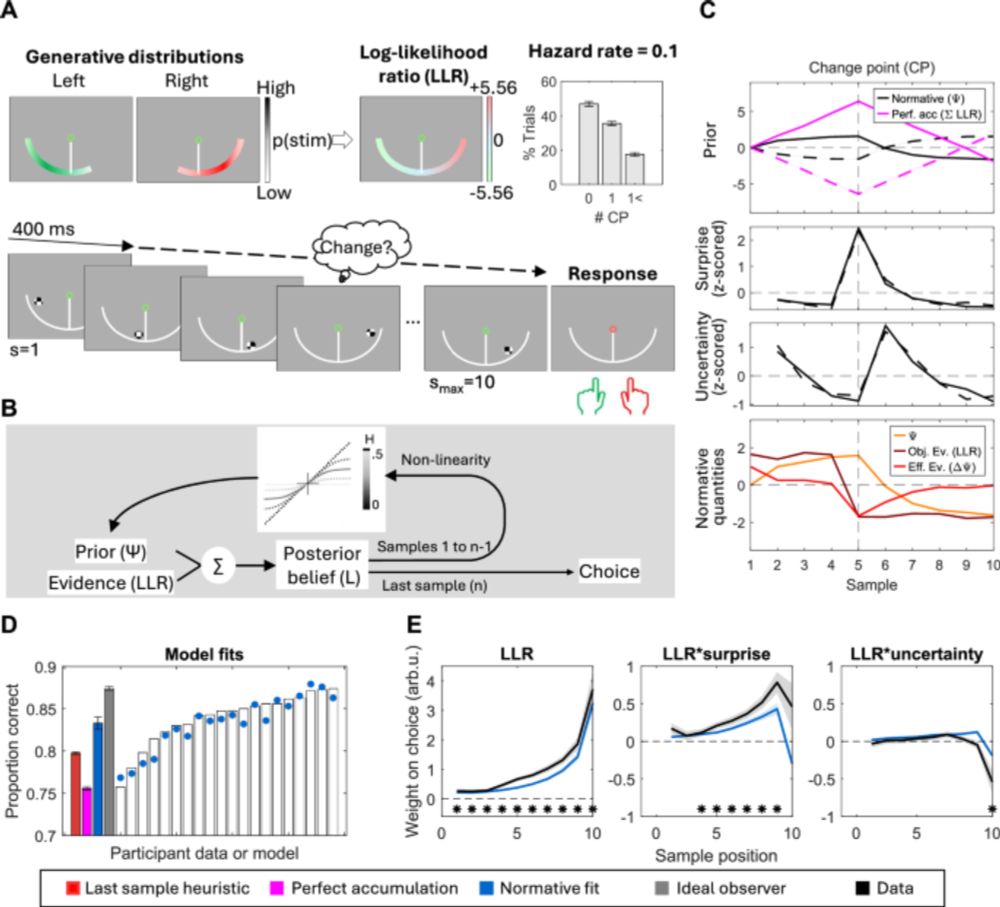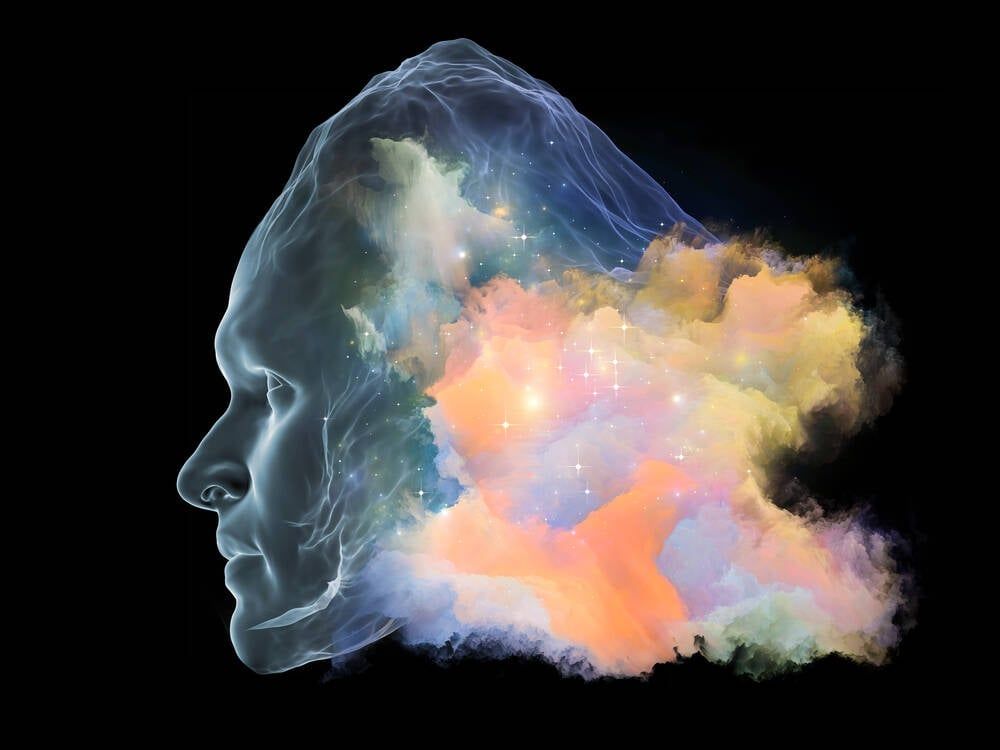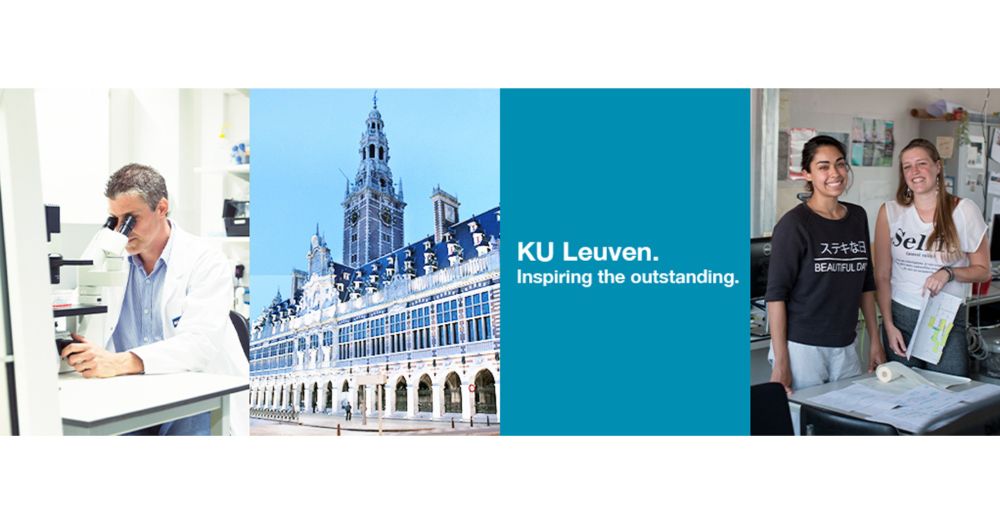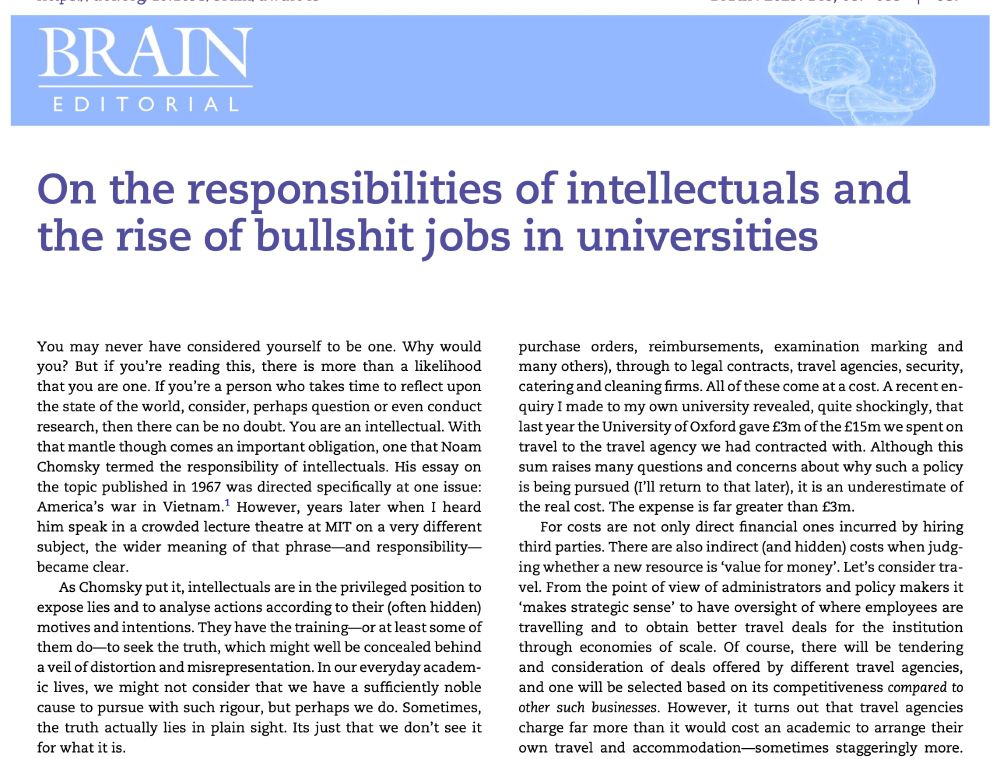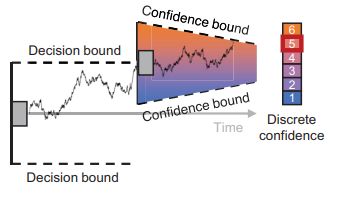John P Grogan
@johnpgrogan1.bsky.social
96 followers
140 following
9 posts
Cognitive neuroscience postdoc at Trinity College Dublin, developing models of neural activity during decision making. @[email protected]. @JohnPGrogan1 on twitter
Posts
Media
Videos
Starter Packs
Reposted by John P Grogan
Reposted by John P Grogan
Reposted by John P Grogan
Reposted by John P Grogan
hakwan lau
@hakwan.bsky.social
· Sep 1
John P Grogan
@johnpgrogan1.bsky.social
· Jun 10

Neurally-informed modelling unravels a single evidence accumulation process for choices and subsequent confidence reports
Subjective confidence in perceptual choices depends on computations occurring prior to and after choice commitment. However, the nature of these computations remains unclear. Current models disagree o...
doi.org
John P Grogan
@johnpgrogan1.bsky.social
· Jun 10
John P Grogan
@johnpgrogan1.bsky.social
· Jun 10
John P Grogan
@johnpgrogan1.bsky.social
· Jun 10

Neurally-informed modelling unravels a single evidence accumulation process for choices and subsequent confidence reports
Subjective confidence in perceptual choices depends on computations occurring prior to and after choice commitment. However, the nature of these computations remains unclear. Current models disagree o...
doi.org
Reposted by John P Grogan
Brian Odegaard
@brianodegaard.bsky.social
· May 27
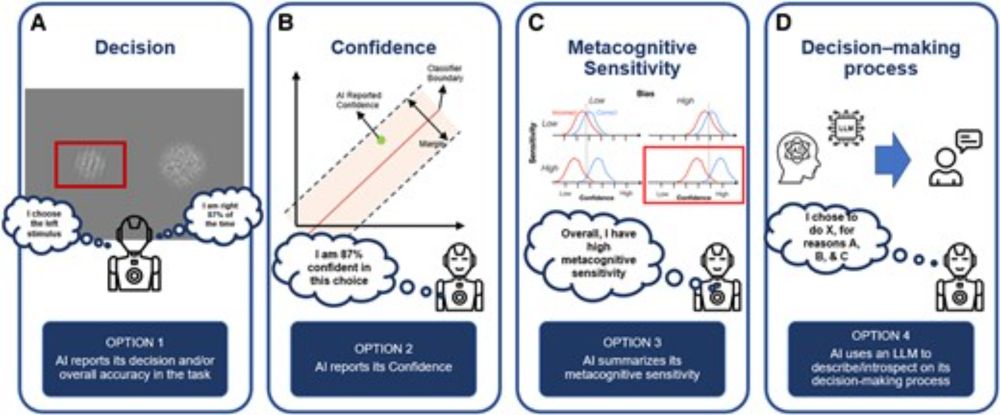
Metacognitive sensitivity: The key to calibrating trust and optimal decision making with AI
Abstract. Knowing when to trust and incorporate the advice from artificially intelligent (AI) systems is of increasing importance in the modern world. Rese
academic.oup.com
Reposted by John P Grogan
Reposted by John P Grogan
Reposted by John P Grogan
Reposted by John P Grogan
John P Grogan
@johnpgrogan1.bsky.social
· Nov 21

Muscarinic receptors mediate motivation via preparatory neural activity in humans
Muscarinic antagonism is causally involved in motivation and incentivisation in healthy human participants, partially mediated via preparatory neural signatures, with implications for cholinergic trea...
doi.org





